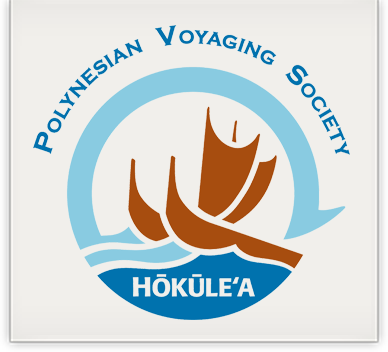Learning Journey: Adaptive Management Model of Sustainability
Moloka‘i —
E ke hoa aloha aina
Mai ka piina o ka la i Kapuupoi, wahi kapu o KaulukukuioLanikaula a i ka wailele kaulana o Mooula ua kipa na hoa o Hokulea i na kuaaina o nae, i Halawa, i Moanui a Ahaino. Ua ike i na awa pae o nae, Honomuni, Pukoo, a me Kamalo. He la maikai loa. A laila i ke kaulana o ka la i Kalaeokalaau, kipa makou i na kupa o ka aina o Hoolehua, i ko lakou haawina hoomoana e ao i ka lawaia kupono i na poe kamalii a opio o ka moku o Palaau. Ua hoonanea makou i kai o Moomomi, ka ipukai o na poe noho paa i ka aina hoopulapula o Holehua. Ua ona kai ai a nahenahe ka leo o ka aina. Mahalo nui e ke Akua na aumakua a me na kupuna no ke alakai kiai kakoo a hoopomaikai mai ia makou poe kanaka. (Blog by Mahinahou Ross)
Under the glistening, pulsating rays of the sun, we embark on a learning journey that will shape the course of our lives. We travel in the back of a pickup truck along a windy, dusty road that coats our clothes and skin with multiple layers of red and orange hues. We eventually emerge at Moʻomomi on the northwest shore of Molokaʻi to a canvas of pristine sea greens and calming blues. As described in the historical moʻolelo (story), we envision a graceful lizard resting upon the reef with scales glistening like pearls. The moʻo (lizard) relaxes endlessly across the horizon as the day comes to a close under a lavender sky that perfectly completes the color spectrum.
On July 10, 2013, we listened and learned firsthand about the background, culture, and love of the land from Konohiki Kelson Kapule Poepoe, Opuʻulani Albino, and Kanoho Helm who shared their manaʻo (thoughts) with a captivated audience of 19 crew members and 23 community participants. For centuries, ʻohana lived peacefully and fruitfully from the land and ocean, using traditional methods and only taking what they needed. Moʻomomi was the ipu kai (ocean icebox) and fed all of Hoʻolehua. According to Konohiki Kelson Kapule Poepoe, affectionately known as Uncle Mac, “We mālama this place and speak from a viewpoint of many generations…listen to nature, nature always presents the truth.”
Once the realization came that the resources were not limitless, there was an awakening of consciousness. The decision was made by leadership to follow a plan of adaptive management that eventually led to a model of sustainability. This had a deep and profound impact across generations, and is encapsulated in the words of 15-year old Kamakaleihiwa Purdy-Arelino,
To me, mālama honua means we’ve been given so much, it’s about time to give back. Just take what we need and don’t overfish. He aliʻi ka ʻāina, he kauā ke kanaka. To care for the world, you have to know your own piko first.
Kamaka and her young peers recently participated in Lawaiʻa Camp, a four-day experience on pono (resourceful) fishing at Moʻomomi. This unique multigenerational event is an invitation and call to mālama honua.
There is also a message for the rest of the world. We must start with the piko by knowing and respecting our special, intricate communities. Only then can we authentically share this sustainable aloha. (Blog by Linda Furuto; Photos by Karen Holman)




